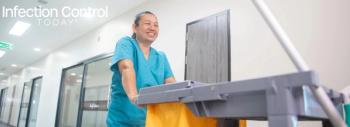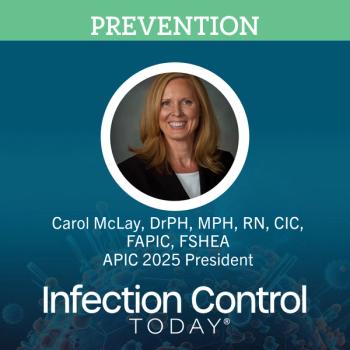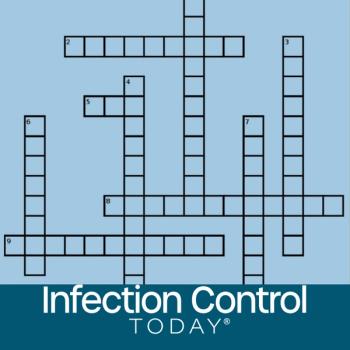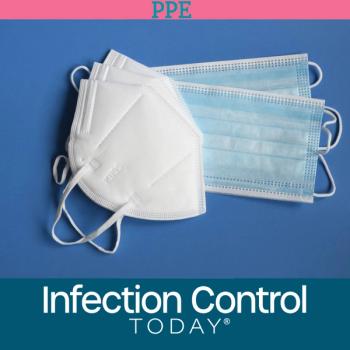
Report Details Efforts to Improve, Advance Indoor Microbial Sampling
Humans spend greater than 90 percent of their time indoors, but we're never alone there. Bacteria and viruses, scientists estimate, make up half of the world's biomasssome 10 nonillion (1 followed by 31 zeros) microorganismsand we most often meet them within enclosed spaces. So, that's where the modern microbe hunter often looks first. A new report issued by the National Institute of Standards and Technology (NIST) offers guidance to make the hunting more effective.
A fundamental understanding of the microbial community in the built environmentincluding estimates of diversity, function and concentrationis necessary to accurately assess human exposure, and in turn, the potential impacts on human health. To address the many challenges associated with characterizing this invisible biosphere, develop innovative approaches to make both aerosol and surface sampling more effective, and prioritize research efforts to optimize and standardize those methods, NIST, Yale University and the Alfred P. Sloan Foundation held the "Challenges in Microbial Sampling in the Indoor Environment Workshop" on Feb. 14-15, 2011, at NIST headquarters in Gaithersburg, Md. The new report summarizes the results of that workshop.
Traditionally, taking a "census" of the microflora in an indoor environment has been done by taking samples from both the air and various surfaces, growing them in nutrient media, identifying the different species that arose, and then extrapolating an estimated total quantity for each species based on the numbers present in the culture. This approach provides a view of the microbial population that is limited, unreliable and biased toward those few species that grow successfully in culture.
 In recent years, culture-based detection, identification and quantification is being replaced by culture-independent characterization of an entire microbial community by studying the different genomic DNA sequences present. Attendees at the indoor sampling workshop were charged with optimizing this modern genomic approach to microbial analysis by:
Â
- Detailing the current sample collection and processing procedures available to characterize the indoor microbiome
- Determining the future requirements for monitoring and characterizing microbe communities;
- Defining the challenges and limitations with current methods
- Prioritizing issues that should be addressed to meet future requirements; and
- Mapping the pathways and approaches that should be taken to develop and improve techniques to meet those needs.
The workshop summary report documents the results of these discussions, highlighting the current state of science, challenges and future priorities for surface and aerosol microbial analysis; exploring cross-cutting issues such as surface/aerosol microbiome relationships, education, training and public awareness; and providing a comprehensive overview of existing resources, including those for building and architectural considerations, sampling strategies, and worker safety and health guidelines.
The NIST Technical Note (TN) 1737, Challenges in Microbial Sampling in the Indoor EnvironmentWorkshop Summary Report, is available online at
Â
Newsletter
Stay prepared and protected with Infection Control Today's newsletter, delivering essential updates, best practices, and expert insights for infection preventionists.






